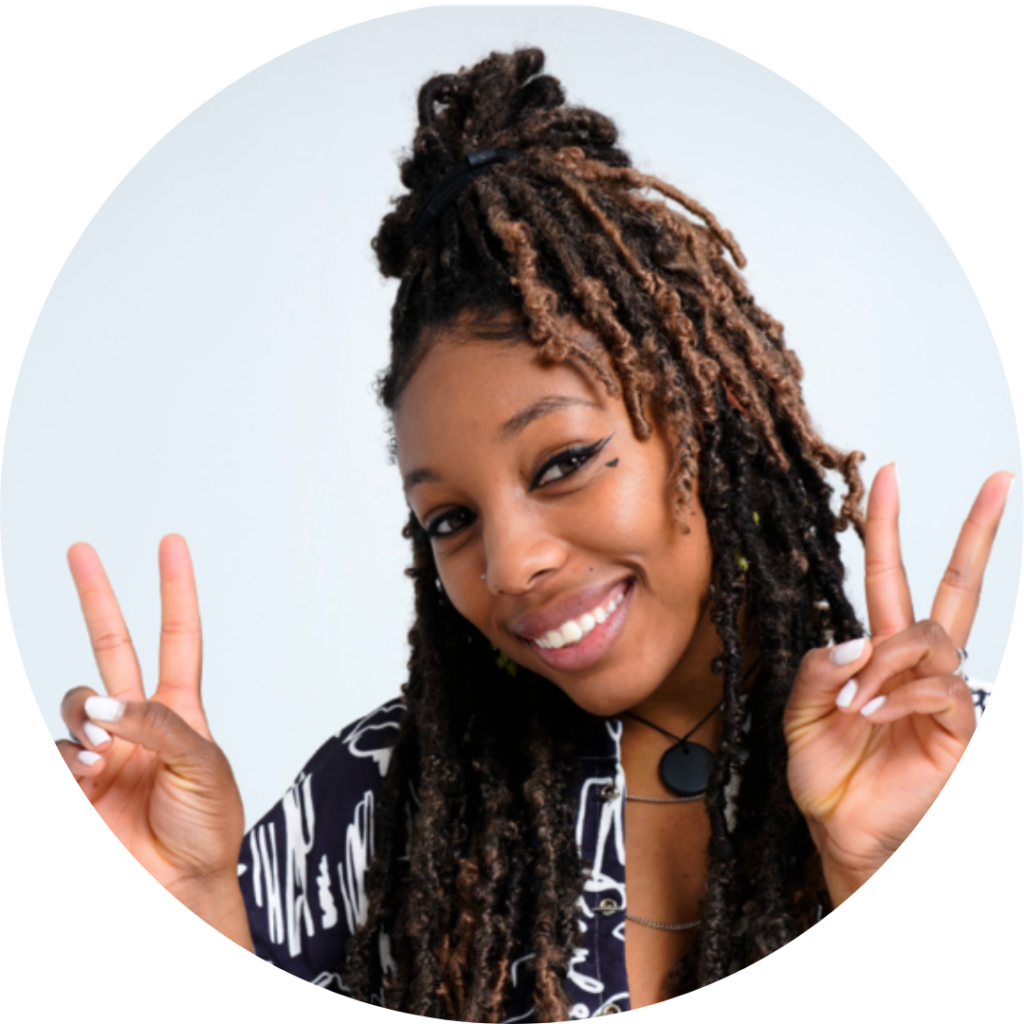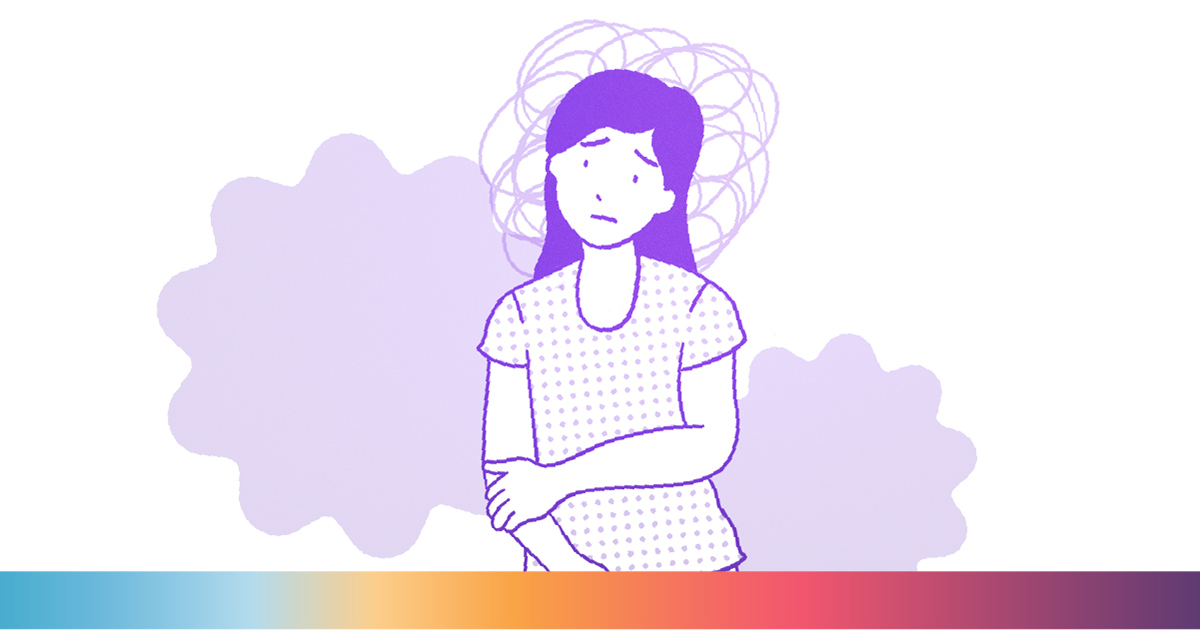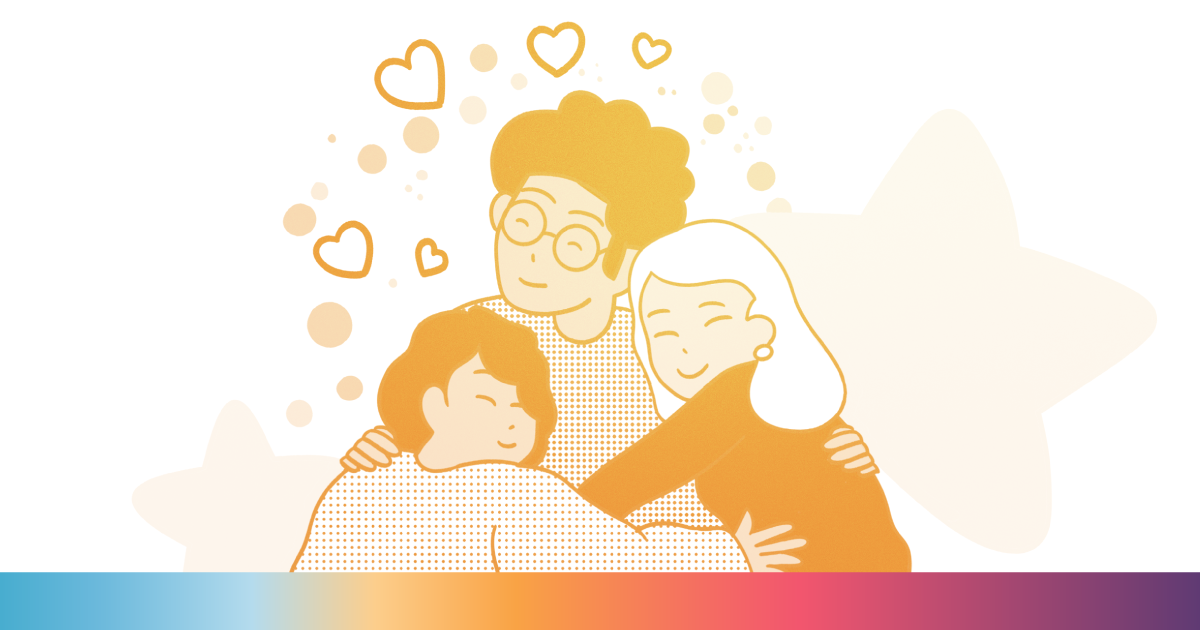
The power of storytelling
This toolkit will guide youth with the fundamental of good storytelling and how to drive advocacy on your platforms through your own storytelling.

The COVID-19 pandemic feels like a fever dream. One moment, we were living our daily lives, and the next, we were cut off from regular in-person interaction for two consecutive years!
Do you remember your initial reaction to the lockdown orders? Most of us immediately jumped to Instagram, Twitter, TikTok & YouTube to hear updates about what was going on and how everyone else was reacting to it. As humans, we are inherently social beings who thrive in communal environments. Therefore, social media became an integral tool for connection during the pandemic. We became dependent on online interaction and community to work, engage and survive.
On the bright side, the isolation compelled us to cultivate genuine virtual communities. The support of these communities has served the masses to facilitate the process of reintegration into a post-lockdown society. Although it is refreshing and exciting to get back to our regular routines, many of us feel anxious and stressed about needing to readjust to face-to-face contact. Luckily, we have our online communities to lean on and vent to about our shared sentiments of excitement, nervousness and prolonged social deprivation.
While social media has its dangers and drawbacks, the COVID-19 pandemic has unquestionably highlighted some of the major benefits of virtual communication and community.
Queer communities excel online partly because of the safety associated with anonymity. For many of us, it is unsafe to express our queerness to our families, friends, and sometimes, even to ourselves. However, on social media, anyone can scroll online and consume queer content without having to seek affiliation in person. We can watch drag shows, listen to podcasts about queer adventures, and directly communicate with our community from the comfort of our own devices. We can choose precisely how we would like to present ourselves online, whether it be anonymously or openly.
Personally, I began exploring my gender and sexuality online simply by scrolling on TikTok and watching other queer people navigate their identities. I then slowly mustered up the courage and confidence necessary to publicly share my journey of self-discovery.
During the height of the COVID-19 pandemic, I spent hours upon hours streaming on TikTok Live to engage with queer people from around the world. Every night, I would hop on my stream, excited to chat with the same few people who regularly tuned in to hear me rant about controversial topics. I developed genuine connections with diverse people in different provinces & countries; many of whom I eventually met via Zoom.
The beauty of these virtual connections is that everyone has agency over how they present themselves to the world. Whether you are openly queer or closeted, you can interact with other queer people online as often as you’d like.

Be mindful of how you communicate with others online. The internet is forever, so it is important to be proud of how we present ourselves to the world
Food for Thought: if you were to look back at your Tweets, Instagram comments or TikTok videos 10 years from now, would you be proud of what you see?

Explore topics that are new to you to continuously nourish your mind and prevent the echo-chamber effect (Echo Chamber: an environment or ecosystem in which participants encounter beliefs that amplify or reinforce their preexisting beliefs by communication and repetition inside a closed system and insulated from rebuttal)

Become comfortable doing your own research and fact-checking

Express yourself in the way you feel most comfortable and free. Try your best not to allow the opinions of others to dictate how you feel about yourself

Try your best not to compare your journey to anyone else’s. What you see online may not always present the full story. Be patient and kind to yourself
The COVID lockdowns were especially difficult for extroverts who thrive in face-to-face social settings. I had always considered myself one of those “extroverts’‘ until I was forced into solitude. I used the lockdown time to sit with my truest and most raw self. Not only did I realize I was a Genderqueer Lesbian (rather than the Cisgender Heterosexual Woman I had always identified as), I realized I was actually quite the introvert. I prefer solitude, yet I had convinced myself tha : t I was a social butterfly. I constantly struggled with social interaction but I learned to “adequately socialize” by developing hypervigilance, pattern recognition, and behavioural analysis skills in interpersonal settings. I may come across as a little awkward at first but, once I can analyze and process my environment, I can usually mask well enough to blend in.
“Masking” is a behaviour modification technique that some autistic people adopt in social settings to disguise or suppress signs of autism and avoid being seen as different. It involves learning and mimicking neurotypical behaviours such as eye contact, social script, and hiding behaviours or feelings that may not be deemed socially acceptable.
DO protect your privacy by using unique passwords
DON’T post your address or phone number
DO be wary of the background of your photos & videos
DON’T post easily identifiable landmarks that may reveal your location
DO engage in respectful communication with other users online
DON’T send threats of any kind to other users online (even if it is meant as a “joke”)
Crisis Text Line: Free, 24/7 support for those in crisis to text a trained counsellor
Visit: crisistextline.org
Text: “Hello” to 741741
Trans Lifeline: Trans peer support and resources for the trans community
Call: 877-330-6366
Visit: translifeline.org
Kids Help Phone: A 24/7 e-mental health service offering free, confidential support to young people in English and French
Call: 1-800-668-6868
Text: “Hello” to 686868
Visit: kidshelpphone.ca
Crisis Services Canada: A national network of distress, crisis and suicide prevention services
Call: 1-833-456-4566
Text “Hello” to 45645
Visit: talksuicide.ca
Ending Violence: A national non-profit to respond to gender violence across Canada
Visit: endingviolencecanada.org
Love is Respect: Disrupts and prevents unhealthy relationships and intimate violence
Visit: loveisrespect.org
RAINN: Connect with a trained member of a sexual assault service provider
Visit: rainn.org
The Polaris Project: A social justice movement to fight human trafficking
Visit: polarisproject.org

About the author
Tyra Blizzard (she/they/he/ze) is a Social Activism Influencer, Public Speaker, Professional Basketball Player, & Small Business Owner. Her mission on social media is to combine her passions for social justice & health by initiating important conversations about racism, misogyny, mental/physical/spiritual/sexual health, women in sport, gender & sexuality, homophobia transphobia, & ableism, among many other social justice issues. She has created creative & safe spaces on TikTok, Instagram & YouTube where people can discuss these taboo/controversial topics, free of censorship or judgement.

This toolkit will guide youth with the fundamental of good storytelling and how to drive advocacy on your platforms through your own storytelling.

This toolkit explores what it means to have your gender invalidated and how you can support yourself in the face of invalidation.

This toolkit will provide youth with validation, information, and tools for healing through experiences of gender-based violence within their homes or areas of isolation during the COVID-19 pandemic

A starting guide to beginning the hobby of journaling and supporting the journey of loving yourself.

